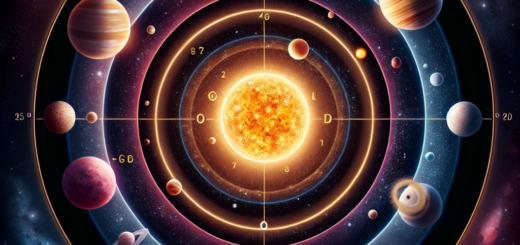Unraveling the Mysteries of Exoplanetary Systems
Exoplanets, or planets that exist outside of our solar system, have long intrigued scientists and astronomers. These distant worlds offer a glimpse into the diversity of planetary systems that exist beyond our own, and hold the potential for revealing new insights into the nature of the universe.
One of the key areas of study in exoplanetary research is understanding the formation and evolution of exoplanetary systems. How do these systems come into existence, and what factors influence their composition, structure, and dynamics? These are questions that astronomers are working tirelessly to answer.
One of the most important tools in the study of exoplanetary systems is the use of telescopes, both ground-based and space-based, to observe and study these distant worlds. By analyzing the light emitted by exoplanets and their parent stars, astronomers can gain valuable information about the properties of these planetary systems, such as their size, mass, and distance from their parent stars.
In recent years, astronomers have discovered a wealth of exoplanetary systems that challenge our understanding of how planets form and evolve. For example, the discovery of so-called “hot Jupiter” planets, massive gas giants that orbit very close to their parent stars, has raised questions about the traditional models of planetary formation. How did these planets come to exist in such close proximity to their stars, and what impact does this have on their evolution?
Another intriguing discovery in the field of exoplanetary research is the detection of “super-Earth” planets, which are rocky planets that are larger than Earth but smaller than gas giants like Jupiter. These planets may offer unique insights into the diversity of planetary systems that exist in the universe, and could hold clues to the conditions necessary for the formation of habitable worlds.
As astronomers continue to study exoplanetary systems, they are uncovering new mysteries and complexities that challenge our understanding of the universe. By unraveling the secrets of these distant worlds, scientists hope to gain a deeper understanding of the processes that shape planetary systems and the conditions that give rise to life.
In the coming years, new telescopes and technologies will enable astronomers to study exoplanetary systems in even greater detail, providing unprecedented insights into the nature of these distant worlds. Through continued research and exploration, scientists are poised to make groundbreaking discoveries that will revolutionize our understanding of the universe and our place within it.













